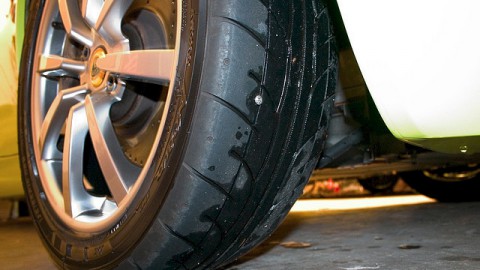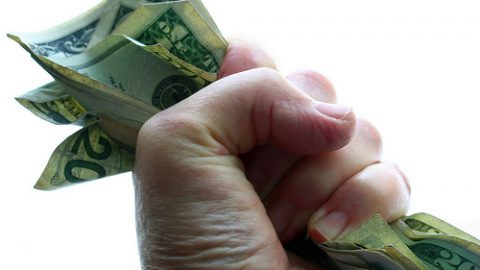Next time you fill up your tank (and grumble about the high price of fuel), take a second to look at the sticker on the pump. In most areas, a label clearly indicates exactly how much you are paying in taxes to the local, state and federal governments for each gallon purchased.
According to the American Petroleum Institute, the average American is paying 48.1 cents of taxes for each gallon of gas they use. Of course, this varies by state. California has the highest total tax per gallon at 66.1 cents, while Alaska is the cheapest at 26.4 cents. If this doesn’t sound terrible, think about it this way: On average, drivers are paying a 13.7% tax rate on gasoline – something almost everyone depends on every day – when the price of a gallon is around $3.56.
Considering that the average American family only pays about 5% of their total income in federal income taxes, this is a pretty steep tax rate.

Where do Gas Taxes Go
So, what do you get for your money? The nation’s highway system is overburdened, many local bridges and roadways are literally falling apart. Ironically, much of the recent government stimulus money went to highway projects. Something isn’t adding up. So, let’s take a look at where gas taxes really go to see if there are any surprises.









